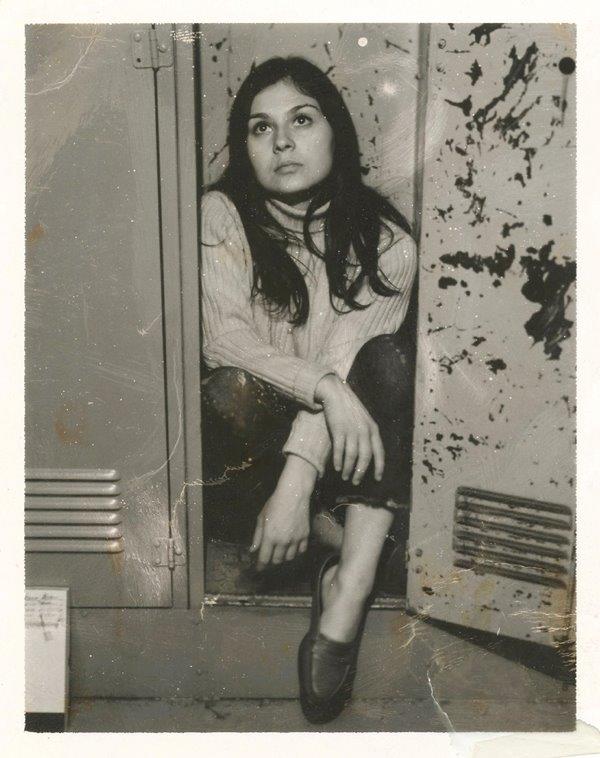Art and Books: Joanne Mattera remembers

Contributed by Sharon Butler / How artists apprehend the world is framed largely by their early experiences. Yet, unless artists achieve blue-chip success, we rarely get a firm handle on what those experiences might have been. That’s why Joanne Mattera’s memoir Vita makes compelling reading. Artists like Mattera don’t measure their success by rising auction prices, international retrospectives, or turns in the Whitney Biennial. But they still make a major contribution to the art world.
Mattera, the oldest child (and only daughter) in an extended Italian family, grew up in the 1950s in working-class Revere, Massachusetts. In her milieu, girls were considered less important than boys and were expected to live at home until they married. Her family was involved in the sewing trades, and she developed an appreciation for fine fabrics, color, and craftsmanship at an early age. By her teenage years, despite her involvement with bad boys in the neighborhood, she did well in school and was keen on going to college. Her parents agreed to let her go to art school because they figured she wouldn’t need to support herself once she got married. That she would use her formidable domestic skills to make art rather than draperies and clothes for her kids had never occurred to them.
After a devastating betrayal by her parents during the summer preceding college, an enraged Mattera left home and enrolled in MassArt. There and in 1960s Boston, she found a vibrant creative community. She worked as a go-go dancer in Boston’s notorious Combat Zone to support herself and spent plenty of time going to political rallies and experimenting with drugs as well as working in the studio. After graduation, she lived communally in an old mill in upstate New York, where she made art and learned practical survival skills like carpentry and auto mechanics.
In the 1970s, she joined a women’s consciousness-raising group and came out as a lesbian. Eventually, after myriad relationships, jobs, and art studios, Mattera landed in magazine publishing and moved to New York City. She became an editor at Glamour magazine, got a studio in Union Square, and started showing her work at a respected New York gallery. Entrepreneurial by nature, when she left Glamour, she wrote a book on encaustic painting and started the International Encaustic Conference, which she ran for several years (and eventually sold to the Truro Center for the Arts). After 9/11, she invested in a small industrial building on the North Shore of Massachusetts that she converted into a live/work space for half of what it would cost in New York. She currently divides her time between a New York pied-à-terre and the loft on the North Shore and has affiliations with several galleries, including ODETTA (recently relocated from Bushwick to Chelsea), where she will have a solo show in the fall.
Reading Mattera’s memoir was a personal pleasure and a professional revelation. Artists tend to remember their early years hazily, as a mix of crazy optimism, financial uncertainty, and an unquestioning faith in the importance of making art. But Mattera is precise, laser-focused, and unusually candid. Her stories are not only colorful and endearing; they also explain the directions she has taken in the studio, and plumb her preoccupation with color, surface, and minimalist seriality. As she demonstrates so vividly, these phenomena are rooted in lived experiences. Powered by a native passion for truth and art, hers have been fascinating and fulfilling.
